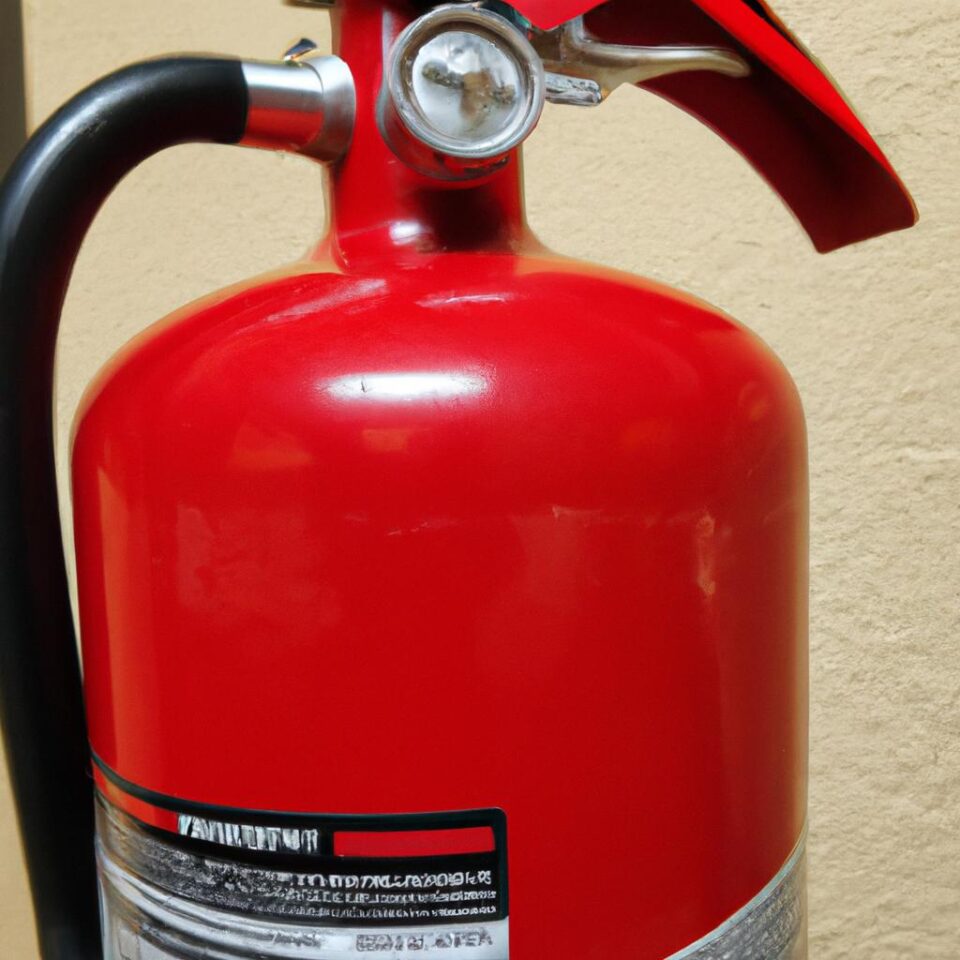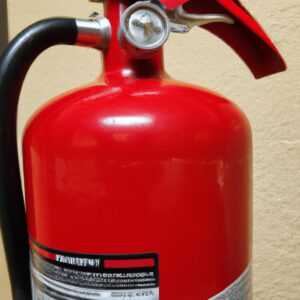Building an Emergency Fund: Financial Security in Uncertain Times
Having an emergency fund is essential to provide financial security in an uncertain world. An emergency fund is a separate account set aside for unexpected expenses like job loss, accidents, medical bills, and any other unexpected costs that may arise. Having an emergency fund ensures you are prepared for any emergency that might come up and you don’t have to worry about not having enough money when it’s needed.
The goal of building an emergency fund is to have enough money put aside to cover at least three to six months of expenses. This will help you not have to worry about where the money will come from if something unexpected happens.
Having an emergency fund can bring peace of mind and a sense of security during times of uncertainty. It also means that you can keep your financial goals on track without having to worry about unexpected emergencies draining all your hard-earned savings.
Defining an Emergency Fund
An emergency fund is a sum of money set aside for unexpected costs that can arise. It is typically 6-9 months worth of expenses in case of job loss, illness, or other unforeseen financial difficulties. It is important to have an emergency fund in place so that you are not stuck in a potentially dire situation if an emergency were to occur.
When planning and saving for your emergency fund, it is important to consider all your monthly expenses such as rent/mortgage, utilities, groceries, insurance, debt payments, loan payments, etc. Different financial advisors may suggest different amounts for the size of your emergency fund, generally speaking it is recommended that you save enough to cover 3 to 9 months of essential living expenses.
Preparing a Financial Statement
When it comes to building an emergency fund, the best way to start is by understanding your current financial situation. Take the time to make a list of all your assets, liabilities, income and expenses. This will help you determine how much money you have available to put into your emergency fund, how much you need to save each month, and whether or not any adjustments should be made to your spending and savings habits.
Making an accurate financial statement is also useful in understanding your current financial goals and strategies. This will give you a better idea of where to focus your energy when allocating funds to your emergency fund.
Determine your Goals
It’s important to take the time to figure out how much money you want to save for an emergency fund, and how quickly you want to reach your goal.
Start by asking yourself: What is my ideal financial safety net? How soon do I need it? Answering these questions will help you decide how best to fund your goals.
By creating a realistic and achievable plan, you can begin to make progress towards your goal of having a financial safety net for times of uncertainty.
Cut Spending: Create a Budget to Start Your Emergency Fund
Having an emergency fund is essential to ensuring financial security in uncertain times. Creating a budget that reduces certain expenses can be an important factor in helping you save enough for this fund. With careful consideration and planning, you can trim everyday expenses and redirect the money to an emergency fund.
Creating a budget doesn’t have to be daunting. Start by making a list of all your monthly expenses such as rent, utilities, food, and entertainment. As you review this list, think about which expenses are necessary, and which ones could be reduced. For example, cutting back on takeaway meals or premium cable channels could save you significant amounts of money every month.
Another way to save more money is to find ways to reduce bills you already pay. Look for discounts or coupons for items you purchase regularly, and consider switching to cheaper service providers if possible.
Start Contributing
Once you have identified your goals and cut spending to make your budget workable with extra money to add to the emergency fund, it’s time to start contributing. You can decide to put away a fixed amount of money, either each month or for each pay check. Breaking it down into smaller chunks makes it easier to stick with the plan as the amount feels more manageable.
Consider Automating
Making automated transfers from your checking account to your savings account is a great way to add up your emergency fund fast. You can set up an automatic transfer on pay day, or even weekly, so you’re always putting money away when you get paid. This way you won’t forget and you don’t have to think about it, it will just happen every time you get paid.
It’s important to decide how much you want to add to your emergency fund and the frequency of the automatic transfers. You may want to start with a smaller amount, like 10-15%, and gradually increase it as you need more money to put away. It’s also beneficial to track your monthly contribution total in your budget to make sure you’re meeting your goals.
Seek Additional Income
Sometimes you need to think outside the box to generate additional income for your emergency fund. One way is to look for side-job opportunities or start a small business. Not only can this help increase your disposable income, but it can also help you build a skill set that could be beneficial in the long run.
You can use online platforms to search for employment in your area, such as Upwork and Freelancer.com. Here you can get connected with companies or individuals who are looking for specific skillsets you might have. Other options include taking on temporary positions during busy periods or working part-time in the evenings.
A more entrepreneurial approach would involve turning your hobby into a money-making venture. This could include developing niche products such as handmade jewelry or homeware, or perhaps offering services like tutoring or pet-sitting. Besides being enjoyable, these activities could generate additional income for your emergency fund.
Research Investments
If you want to grow your emergency fund even faster, you may want to look into investments. Consider researching investments that can provide a higher return than what you are currently putting away into your emergency fund, yet still have low overall risk.
Some popular investment options include mutual funds, stocks, bonds, exchange-traded funds, robo-advisors, and real estate. Each of these options comes with its own set of risks, so it’s important to carefully research each one and decide which is best for you.
It’s also important to remember that investing comes with risks and you could lose money. Be sure to only invest money that you can afford to lose.
Review Your Progress
Your emergency fund should be regularly monitored to make sure it continues to grow. As you contribute more money to your fund, check the balance so that you can compare it against your original goal. This will give you a good idea of how well your emergency fund is progressing. You may also discover any gaps between your current savings and your desired target, which will give you the opportunity to adjust your strategies for contributing to your fund.
Checking in on your emergency fund will help you stay motivated and track the progress you’ve made. Celebrate small victories along the way and be content with the knowledge that your hard work is paying off. The most important thing is to stay consistent and continue to put money away until you have reached your goal.
Find Additional Sources of Funds
Having an emergency fund is a powerful financial tool that can give you peace of mind in uncertain times. It’s important to explore all the options available to you to save additional money for your emergency fund. One way to do this is to leverage existing resources from tax incentives and employer matches.
You may be able to save more by benefiting from tax incentives. Depending on your country or region, there could be various tax credits or deductions you can use to save or reduce the amount of taxes you pay, and these savings can be used towards your emergency fund. It’s best to check with a tax professional to better understand the tax credits or deductions you could qualify for.
Another way to put more into your emergency fund is through employer matching. Many employers offer a matching program where they’ll match a certain percentage of what you contribute to a retirement plan or other types of accounts. This is free money that you should take advantage of, as it essentially multiplies your savings. Be sure to contact your employer to find out what kind of matching programs they offer.
Conclusion: Building an Emergency Fund is Essential for Financial Security
Creating an emergency fund is an important tool for obtaining financial security during uncertain times. An emergency fund is a savings account with a set amount of money saved up in case of unexpected or emergency costs. It should be tailored to the individual’s financial goals and lifestyle. When building an emergency fund, it’s important to start by calculating your net worth, setting a goal for how much to save, reducing your spending, and then beginning to contribute regularly. Consider automating transfers from checking to savings so you can consistently add to the fund. Additionally, looking into investments that can give you a higher return while minimizing risk can be a great option to speed up the process. Finally, review your progress often to make sure you’re on track with your emergency fund and consider other ways to obtain money such as taking advantage of employer matches or tax incentives.
comments: 0

